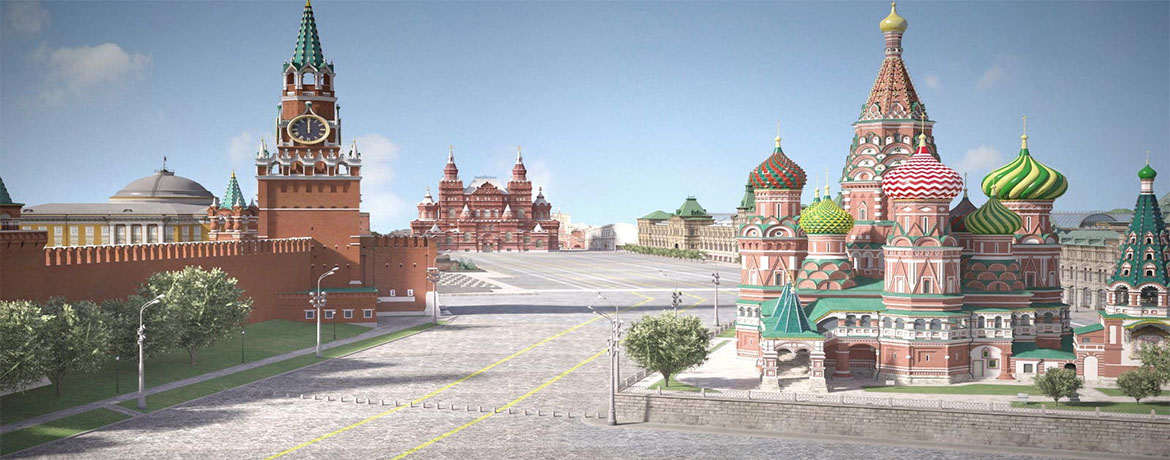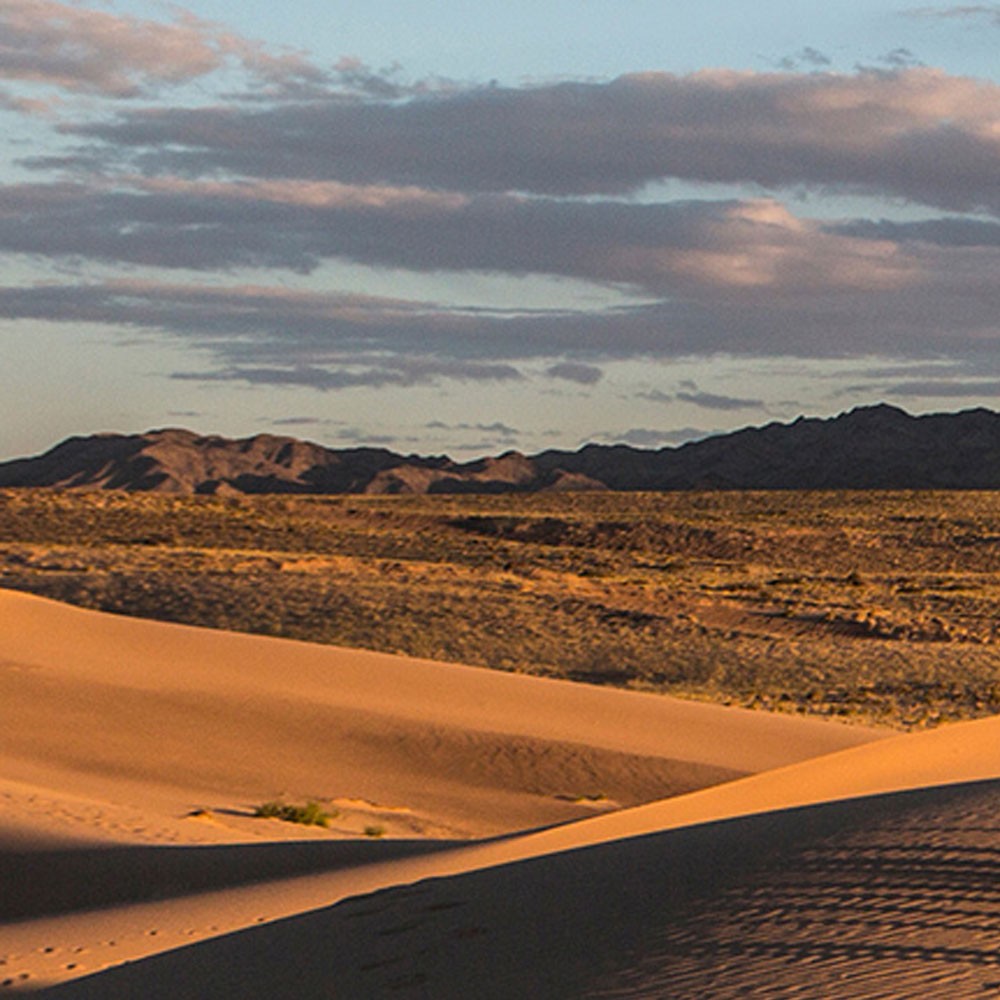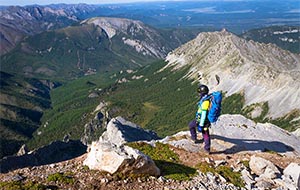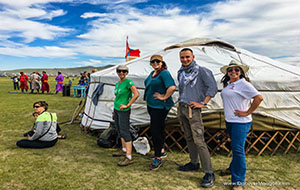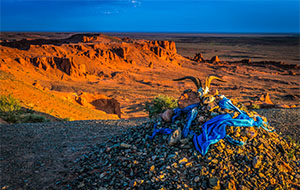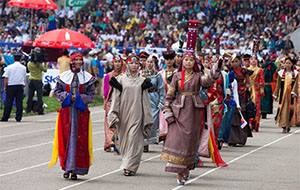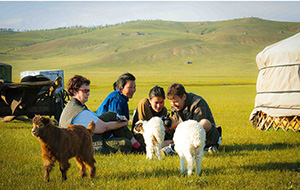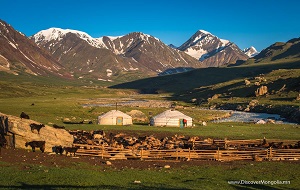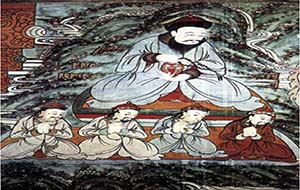Let me tell you why I say so.
Early 1900s was the perfect time for Mongolians to adopt a Big BrotherFirstly, for a nomadic nation, which self-declared its independence from Qing dynasty in 1911 and had not created much tangible nor intangible capital, it was not too difficult to decide whether Mongolians should have a close tie with a rising superpower in the region or not.
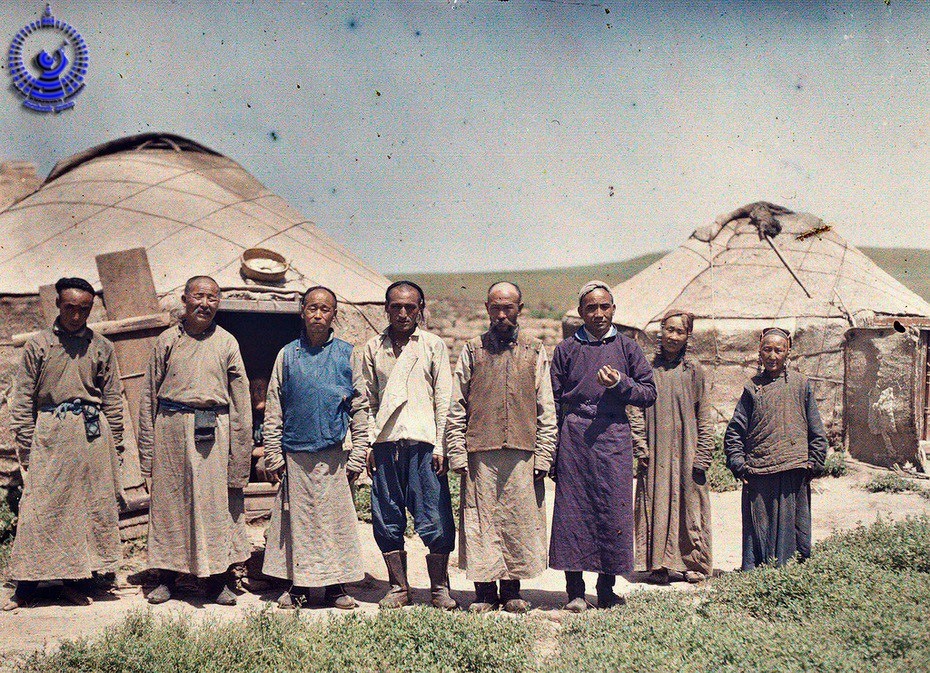
Mongolians, lived in the capital khuree, photographed by a French photographer in early 1900s
Secondly, Mongolia’s self-declaration of independence in 1911 was not accepted by Chinese even after Soviets assisted the country to be established as a republic in 1921. Therefore, Mongolians would have been too weak to stand against the Chinese willing to retain (Outer) Mongolia in the system which Manchus put together throughout their hundreds of years of power games.So, adopting and accepting the “Big Brother” who was willing to stand against the bullies and leading the way to modernize their state was probably the most strategic decision Mongolian leaders could have made at the time.“Prior to the break-up of the Soviet Union education, health services and social support services were provided free of charge by the state in Mongolia”.* This leads me to my next argument that Soviets created more in Mongolia than what they annihilated.
USSR was too eager to prove that they were right
Besides Mongolia’s geographic attraction, Soviet leaders were so confident and so determined to prove to the world that their way of living, a.k.a socialism, was the ultimate social form to embrace that it was pouring money through various means to its (satellite) states, including Mongolia.

 The capital city Ulaanbaatar in the 1980s
The capital city Ulaanbaatar in the 1980s
Despite its legacy that tremendously lifted Mongolia in its key development sectors – socio-economic and political - Soviets are often blamed for the purge of Buddhist monks taken place in the 1930s-1940s. 30 thousand plus monks were reportedly purged due to their unacceptance of the proposed changes by the Soviets. Some say that was a cruel act clearly violated human rights; whereas, others say the society needed some type of self-clearance to dramatically shift its mindset which had been stagnated by mainly superstitious beliefs and rituals practiced by the Buddhist monks. We could compare such clash between religious monks and emerging elites in Mongolia to the clash between scientists and innovators and religious leaders in Europe during the Renaissance period.
However, over-reliance on its “Big Brother” left Mongolia in an unpredictable nature in early 1990s when the country transitioned to free economy where competition was fierce. As a result, over the past decades, Mongolia has encountered instability and unsustainability throughout its development sectors, particularly politically, economically and environmentally.
According to a UN report released in 1995, “the real transition that Mongolia has experienced has been from a middle-income to a poor country, as if the process of development had been put into reverse. This is certainly how pastoralists I knew saw it, describing the country as having lost decades of improvement with conditions beginning to resemble those of the 1940s!”
Yet, of course, Mongolians are not naive. They have learned their lessons and are trying hard to restore their image in the world. Mongolians say “it is better seeing once than hearing thousand times”. So, why don’t you come visit this re-emerging nation with us?
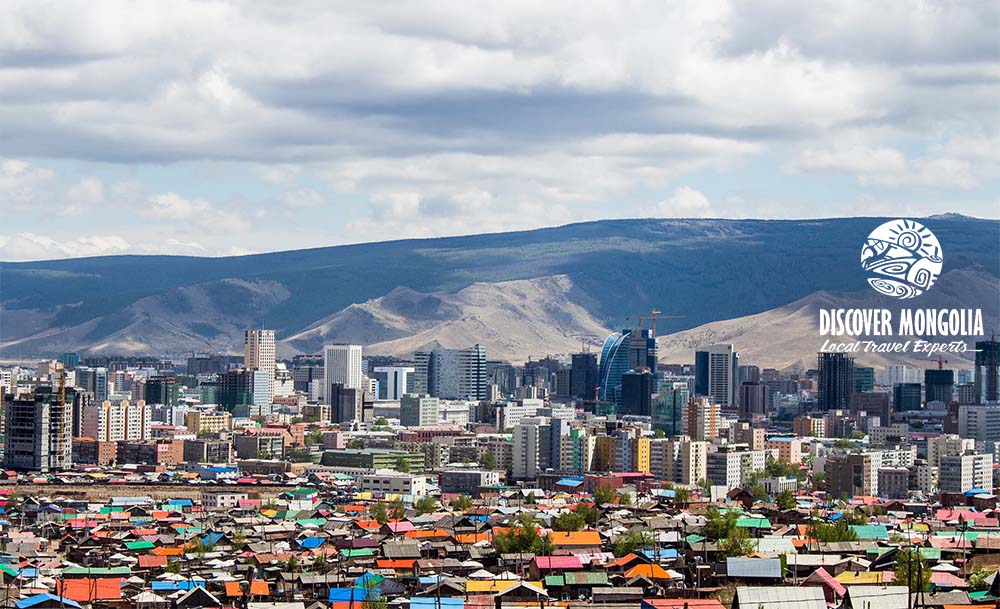
 Today's Ulaanbaatar
Today's Ulaanbaatar









